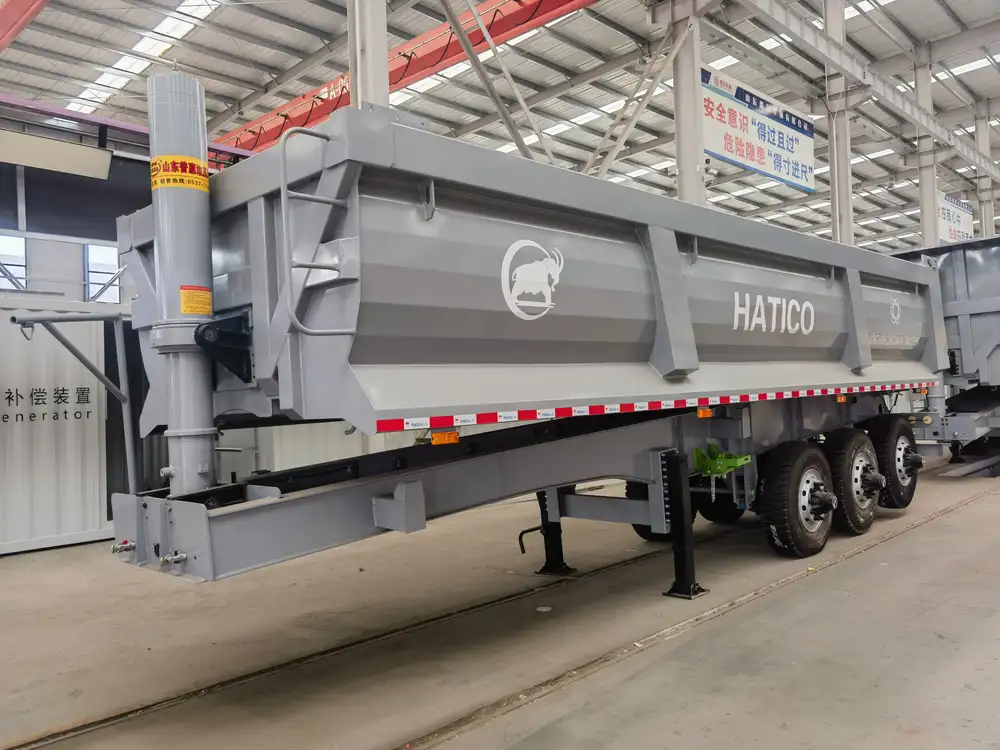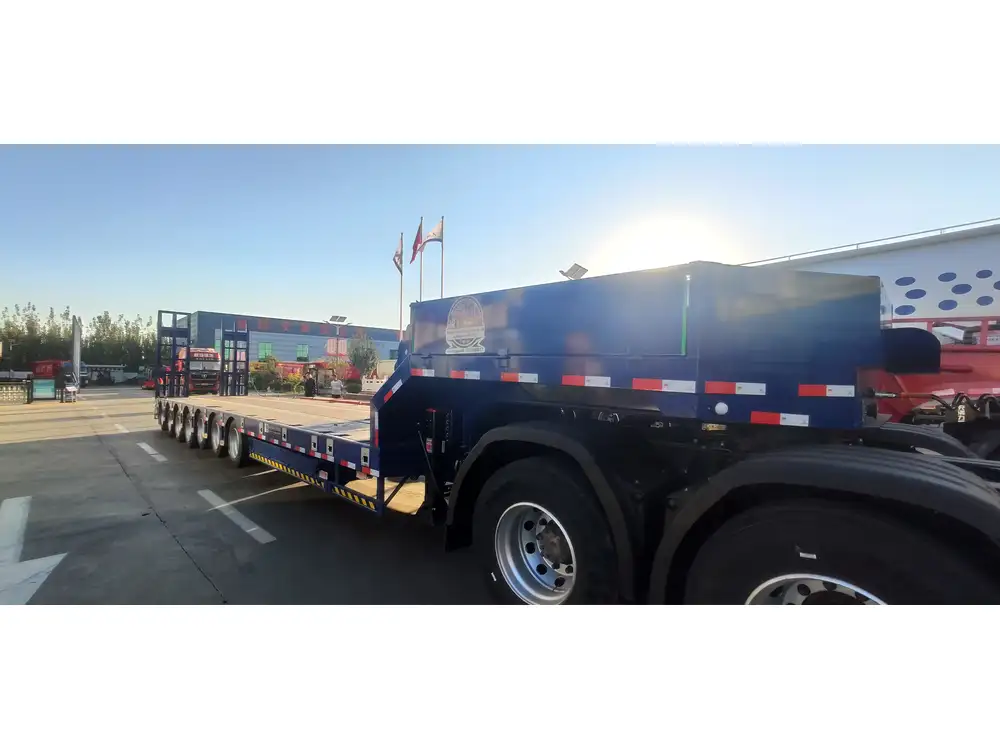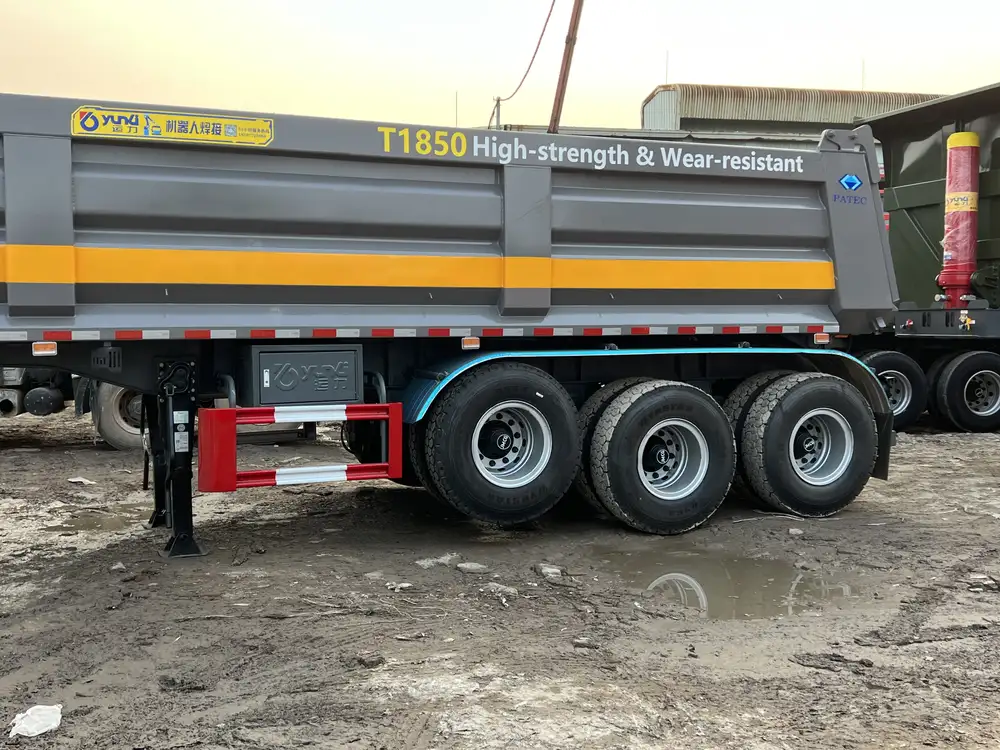Understanding the capacity of a semi-trailer is essential for businesses engaged in transporting materials, especially bales of cardboard. This article delves into the intricacies of semi-trailer dimensions, operational logistics, and essential considerations when calculating the storage of cardboard bales.
Understanding Semi-Trailer Dimensions
Standard Semi-Trailer Capacities
To intelligently estimate how many bales of cardboard fit in a semi-trailer, we first need to outline the standard dimensions of typical semi-trailers:
| Type of Trailer | Length | Width | Height | Volume Capacity |
|---|---|---|---|---|
| Standard Van Trailer | 53 feet (16.15 m) | 8.6 feet (2.6 m) | 13.6 feet (4.15 m) | 3,500 cubic feet |
| Flatbed Trailer | 48 feet (14.63 m) | 8.5 feet (2.59 m) | Variable | 2,700 cubic feet |
| Refrigerated Trailer | 53 feet (16.15 m) | 8.5 feet (2.59 m) | 13.6 feet (4.15 m) | 3,500 cubic feet |

Internal Dimensions
When discussing the volume capacity in relation to bales of cardboard, we should consider the internal dimensions of a standard 53-foot trailer, which is approximately:
- Length: 52.5 feet (15.9 m)
- Width: 8.0 feet (2.44 m)
- Height: 8.5 feet (2.59 m)
Taking these dimensions into account will help calculate the internal volume, enabling a more accurate figure when determining how many bales of cardboard can be transported.
Calculating the Volume of a Bale of Cardboard
Bales of cardboard typically vary in size due to different compaction techniques and specific industry applications. However, a standard bale of cardboard generally measures around 4 feet x 3 feet x 2 feet.
Volume of Cardboard Bale
To find the volume of one bale, the equation is simple:
[ \text{Volume of Bale} = \text{Length} \times \text{Width} \times \text{Height} ]For our example:
[ \text{Volume of Bale} = 4 \, \text{ft} \times 3 \, \text{ft} \times 2 \, \text{ft} = 24 \, \text{cubic feet} ]
Constraints of Bales in Transport
However, it’s essential to consider how these bales are compressed and stacked during transport. Bales may have additional space between them for securing and stability depending on regulations and industry practices. The average loss of volume due to these constraints is roughly 10-15%.
Determining How Many Bales Fit in a Semi-Trailer
Step-by-Step Calculation
To determine the potential number of bales that can fit within a semi-trailer, let’s compute utilizing the dimensions mentioned previously.
Calculate Volume of a Semi-Trailer:
- Given the internal dimensions (52.5 ft x 8.0 ft x 8.5 ft): [ \text{Volume of Semi-Trailer} = 52.5 \, \text{ft} \times 8.0 \, \text{ft} \times 8.5 \, \text{ft} = 3,570 \, \text{cubic feet} ]
Account for Packing Efficiency:
- If we calculate based on an approximate packing efficiency of about 85%: [ \text{Effective Volume} = 3,570 \, \text{cubic feet} \times 0.85 = 3,024.5 \, \text{cubic feet} ]
Calculate the Total Number of Bales Fitting:
- We already know the volume of each bale is 24 cubic feet, so, [ \text{Number of Bales} = \frac{\text{Effective Volume}}{\text{Volume of Bale}} = \frac{3,024.5\, \text{cubic feet}}{24\, \text{cubic feet}} \approx 126 \, \text{bales} ]

Summary of Findings
Thus, it can be estimated that approximately 126 bales of cardboard can fit inside a standard 53-foot semi-trailer, assuming optimal packing conditions.
Other Factors Affecting Load Capacity
While the calculations above give a good baseline, several factors can influence the real capacity for transporting cardboard bales:
1. Compliance with Weight Regulations
Each state has specific weight regulations for semi-trucks, often capping the total weight (truck + trailer + cargo) at around 80,000 pounds. Ensure that the total weight of loaded bales does not exceed this limit.

2. Baling Techniques
Different baling techniques can significantly affect the size and weight of each bale. For instance:
- High-density bales take up less space but may weigh more, potentially impacting the load limit.
- Loose bales are lighter but occupy more volume, thus reducing the total quantity that can be transported.
3. Securing Bales During Transportation
Ensuring that bales are secured properly can affect freight efficiency, potentially leading to a safer yet slightly reduced load. Always consider additional securing materials (straps, tarps) in load calculations.
Optimizing Trailer Loads with Cardboard Bales

Best Practices for Maximizing Load Efficiency
Design a Load Plan:
- Use software tools or manual calculations to optimize placement within the trailer.
- Arrange bales in a way that maximizes space without compromising safety.
Regular Training for Handlers:
- Train handlers and drivers on optimal loading techniques.
- Ensure that everyone understands the weight regulations and correct securing methods.
Adjusting for Different Loads:
- Design distinct plans based on whether bales are compressed or not, as well as space available.
Additional Considerations for Businesses
Consider partnerships with logistics companies that specialize in cardboard transport for further optimization. They may have insights into best practices and can provide additional resources.
Conclusion
In summary, the ability to accurately determine how many bales of cardboard can fit in a semi-trailer relies not only on box capacity calculations but also on understanding regulatory limits, securing methods, and the types of bales being transported. As outlined, one can expect to fit around 126 bales in a standard 53-foot semi-trailer under optimal conditions. Engaging in strategic planning, especially regarding trailer loading, can facilitate smoother operations and cost efficiencies in cardboard transportation.
For businesses reliant on transporting cardboard bales, embracing these insights can significantly impact logistical performance. Always stay updated with regulations and industry standards to ensure seamless transport and delivery.



